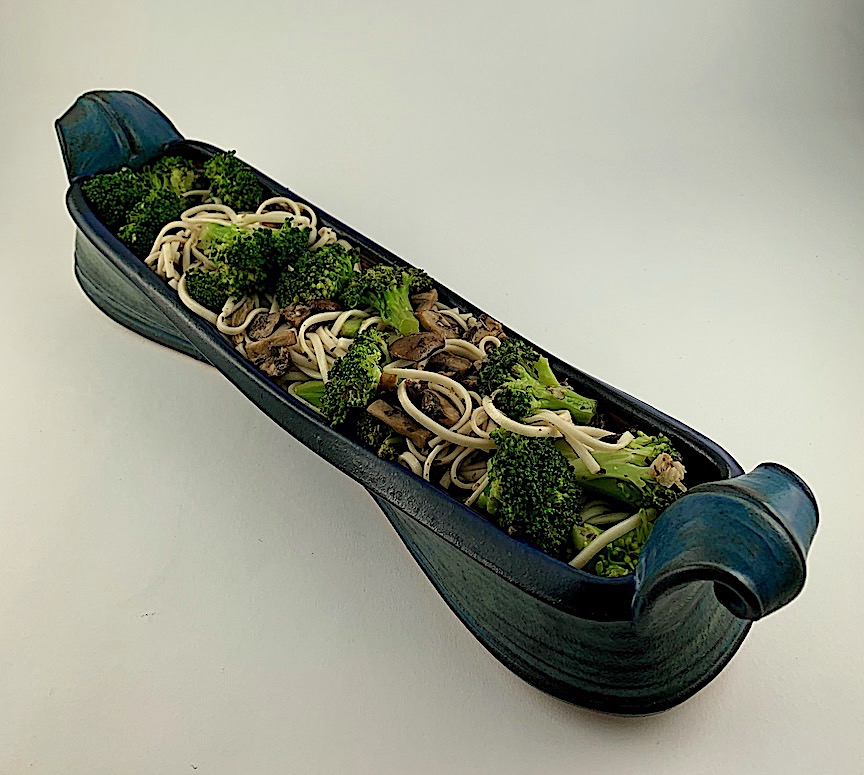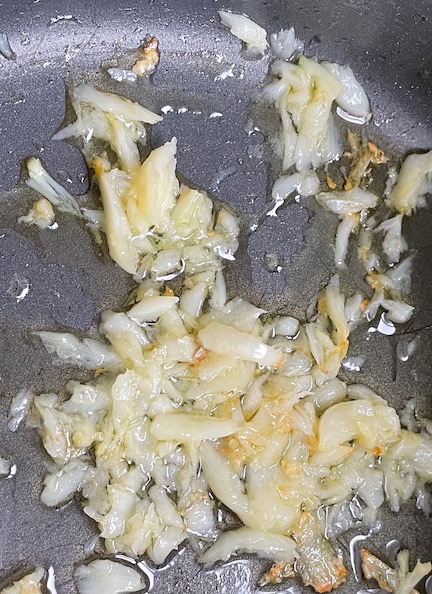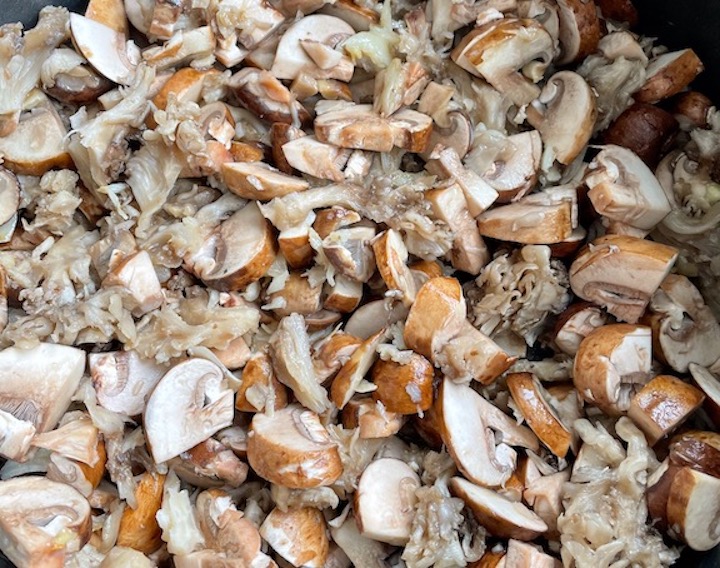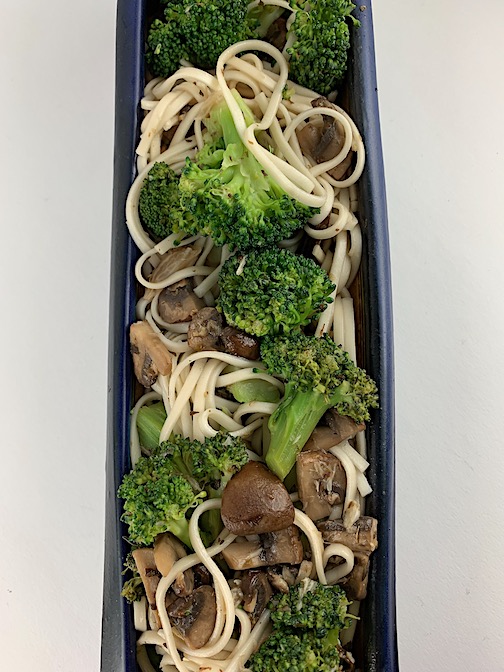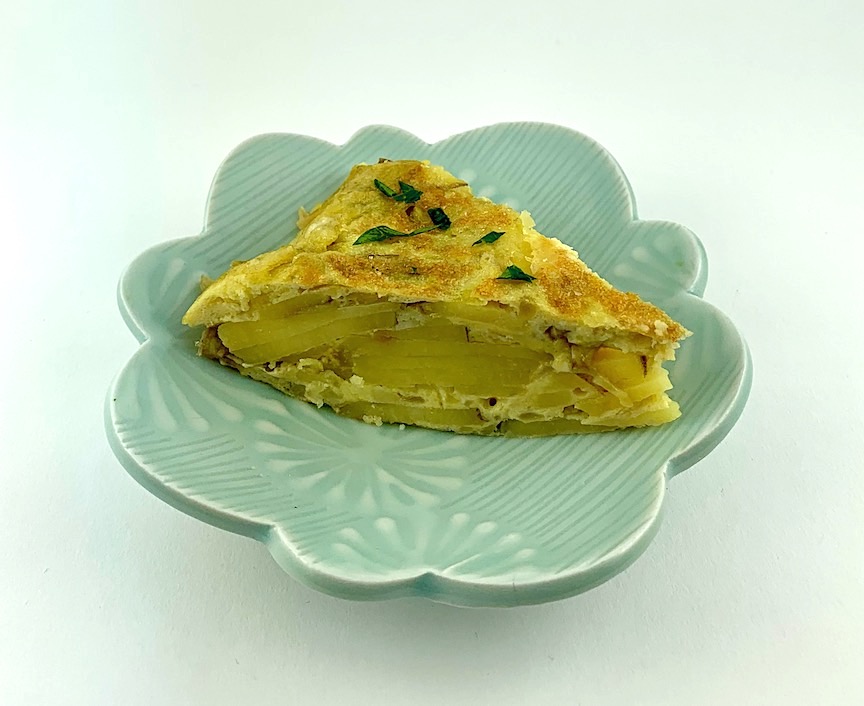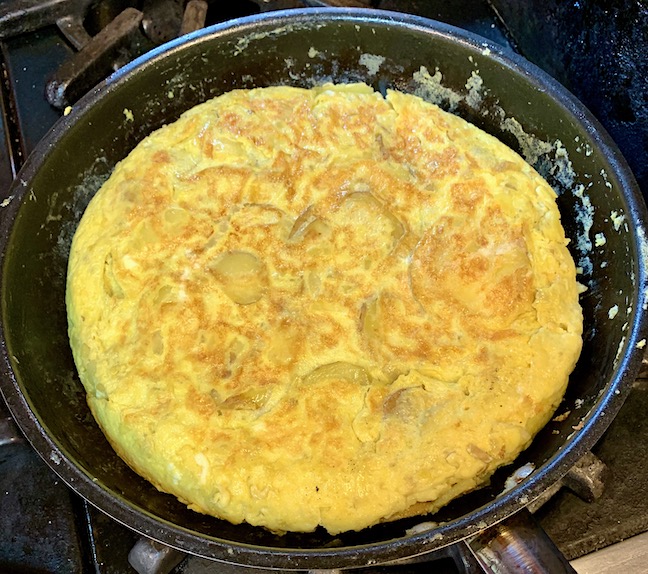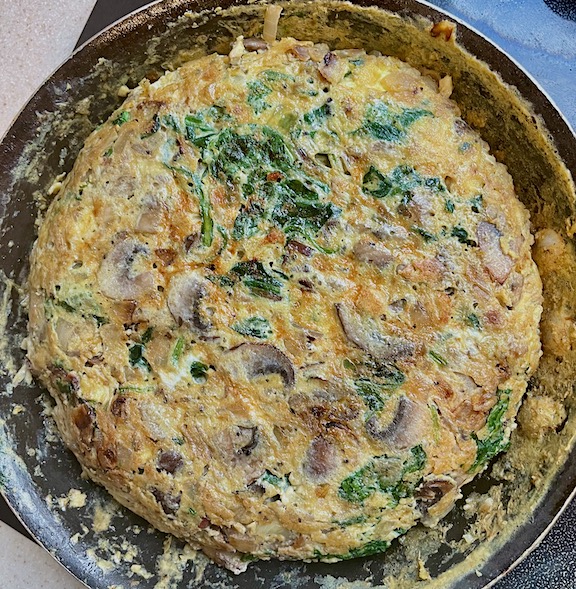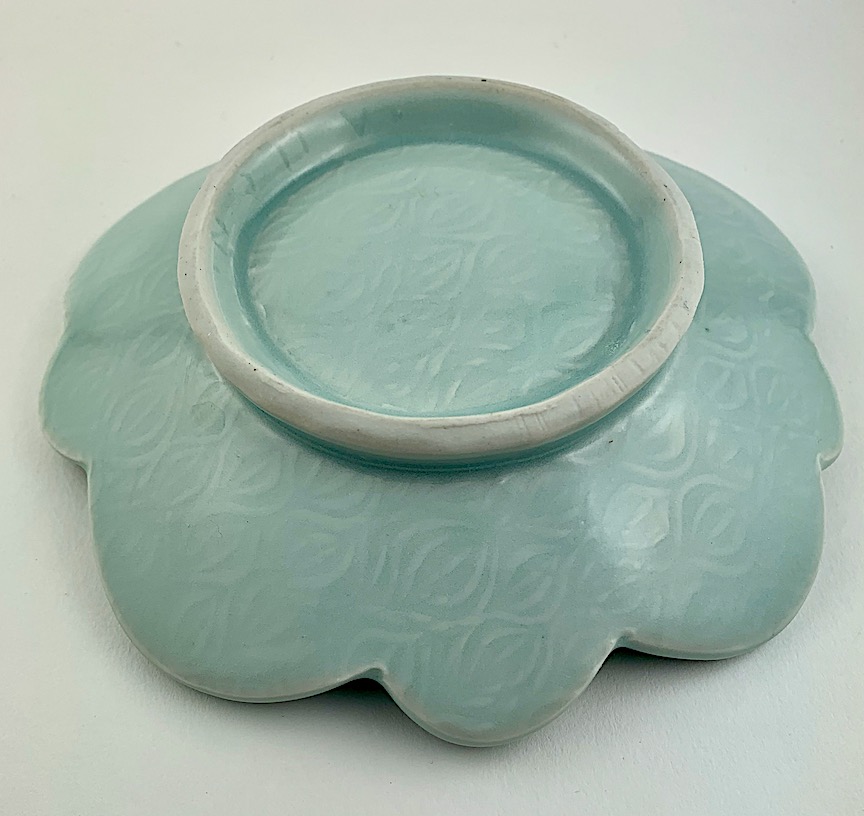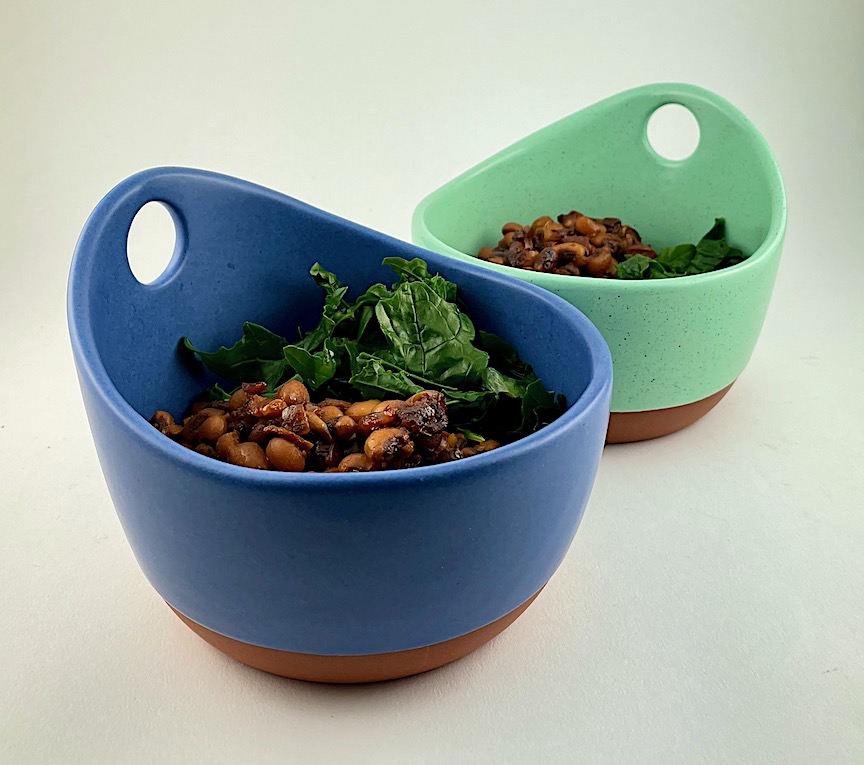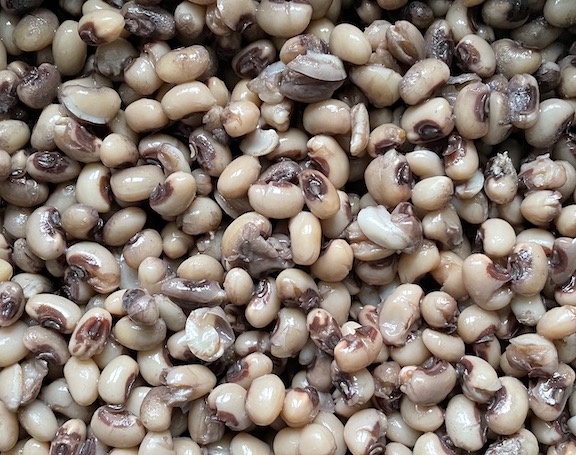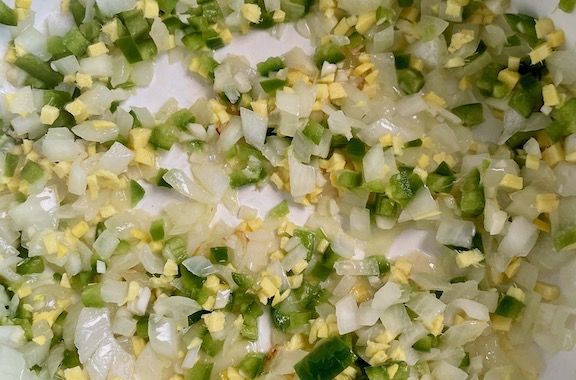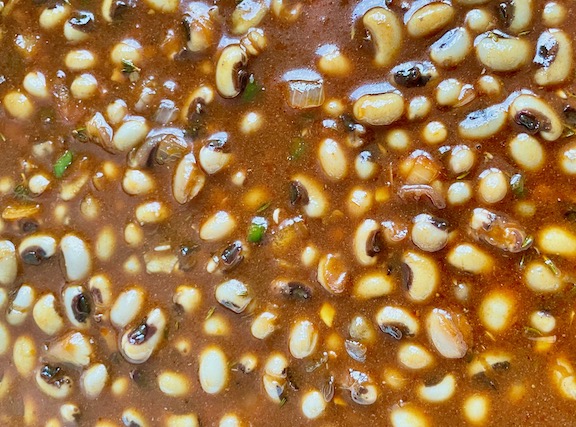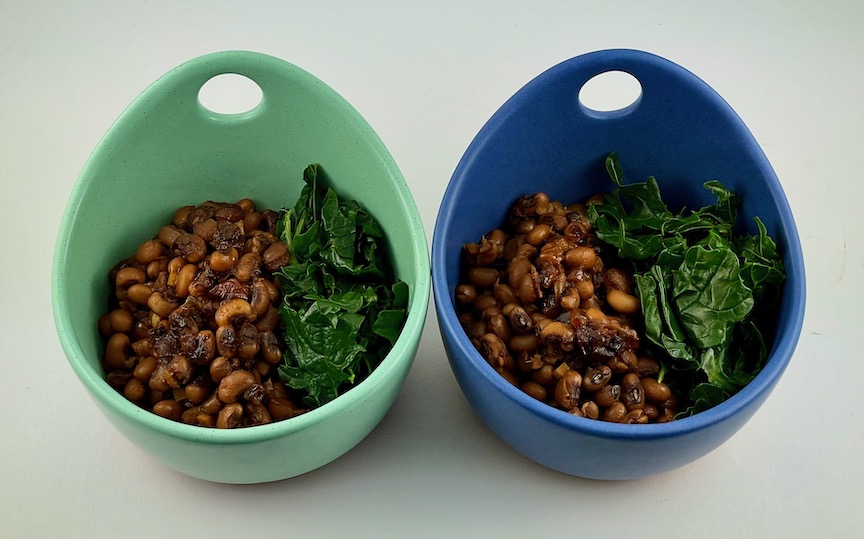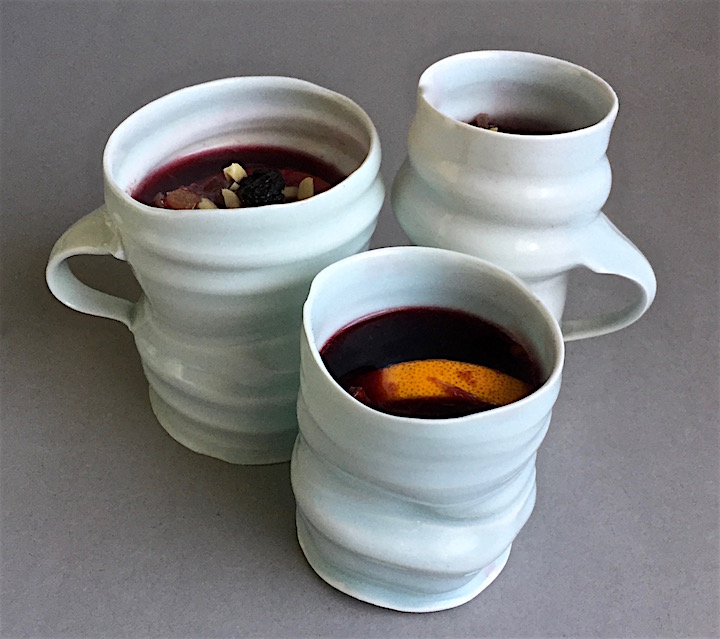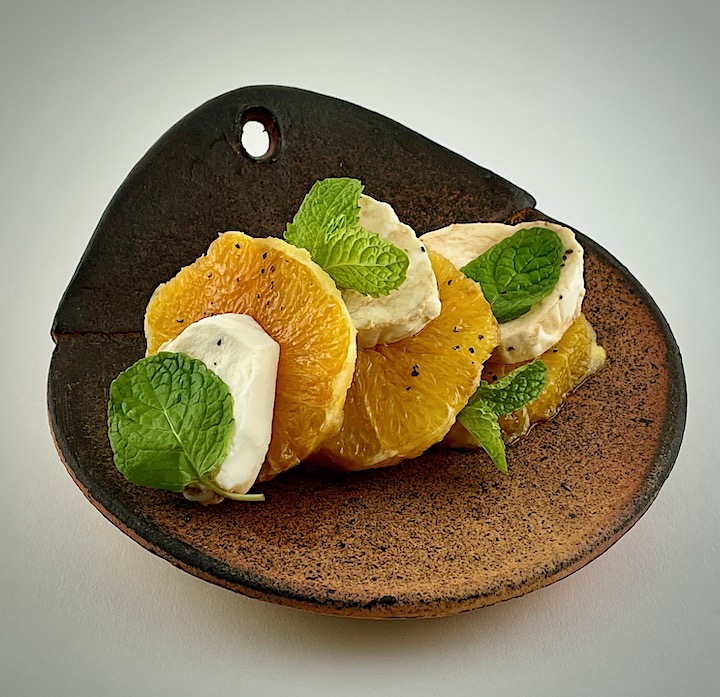
Wood fired side tray by Liz Lurie
Do you love a caprese salad—ripe tomatoes, mozzarella and basil in a tangy balsamic vinaigrette? Do you ever crave it when tomatoes are not in season? I do but can’t bring myself to buy expensive hothouse tomatoes in the middle of February. I have a solution that doesn’t include pulpy winter tomatoes and might be the perfect Valentine’s treat.

all work to make a winter Caprese salad
I have seen tomato, mozzarella and basil salads dressed up with slices of orange in magazine spreads but I think the oranges (or grapefruit) can completely replace the tomatoes. Substitute fresh mint for the basil alongside the fresh mozzarella and you will have a surprisingly delicious mid-winter dish. A little drizzle of a good balsamic vinegar and olive oil brings it all alive. You could even punctuate it with some briny or salty olives, grated fresh ginger, nuts or arugula mixed in or on the side. Somehow the fresh mint complements the citrus similarly to the way basil pairs with tomato. You can cut the oranges into slices, segments (also known as supremes) or chunks. If you cut the mozzarella in a similar way, you’ll get both in each bite. This salad might become a new breakfast favorite.
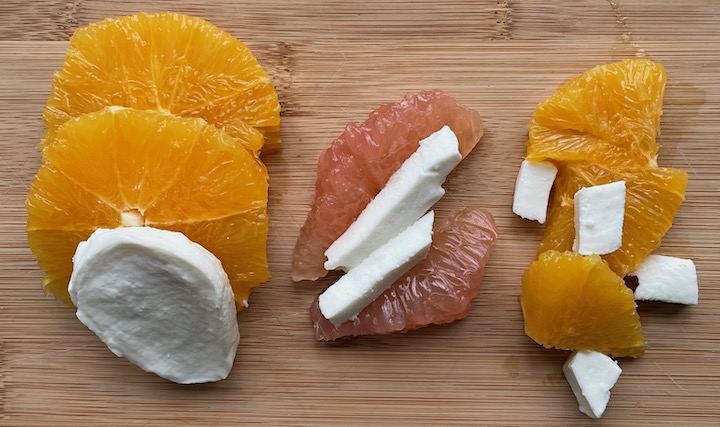
Citrus fruits are at their best right now—fresh, juicy and inexpensive. Navel, Sumo or Cara Cara oranges, pomelos, mandarins, tangelos and grapefruit all work. Greenhouse mint is available year round and lasts a long time in the fridge. Fresh mozzarella is sold even in chain grocery stores. With all the components easily accessible, why not try? Pull out a favorite plate or platter and compose a winter caprese which will satisfy your eye and your stomach without much effort.
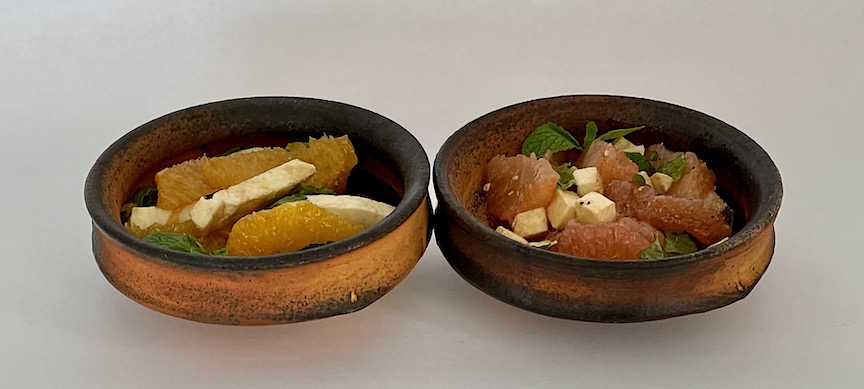
Wood fired nub bowls by Liz Lurie
WINTER CAPRESE
- 3 oranges or 2 grapefruit, peeled removing pith, seeded and sliced
- 1 ball or log of fresh mozzarella, sliced
- Handful of fresh mint leaves
- Balsamic vinegar
- Olive Oil
- Black pepper
Optional-black olives, grated ginger, pine nuts, almonds or walnuts, bed of arugula)
Slice citrus and layer each slice with a thin layer of cheese.
Drizzle with balsamic and oil and sprinkle with pepper.
Place a mint leaf on each slice and strew a few extras on the plate.
Leftovers will taste good the next day but you may need to add fresh mint.
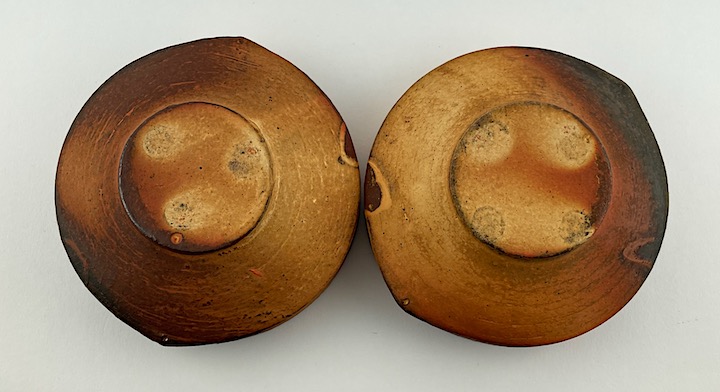
Flashing slip over dark clay body

